In the commercial market, there are different types of cheeses, where they are manufactured based on a recipe, techniques, manufacturing processes and trade secrets that give it its special flavor. However, they all have the same basic procedure for their preparation.
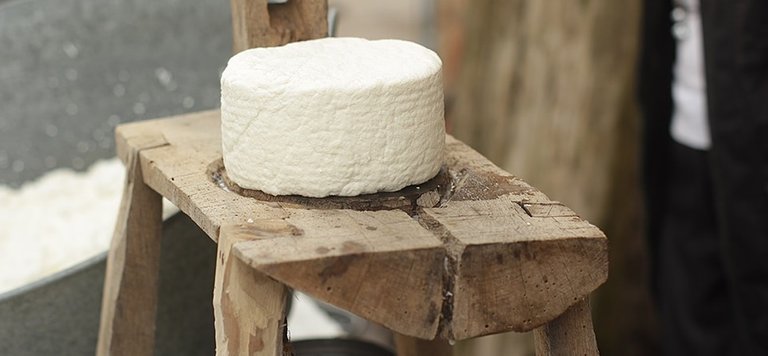
.jpg)
In the first place, it is important to bear in mind that the starting point comes from a farm and the raw material is the milk of the animal to be used, mainly cows, goats, sheep, and buffaloes.
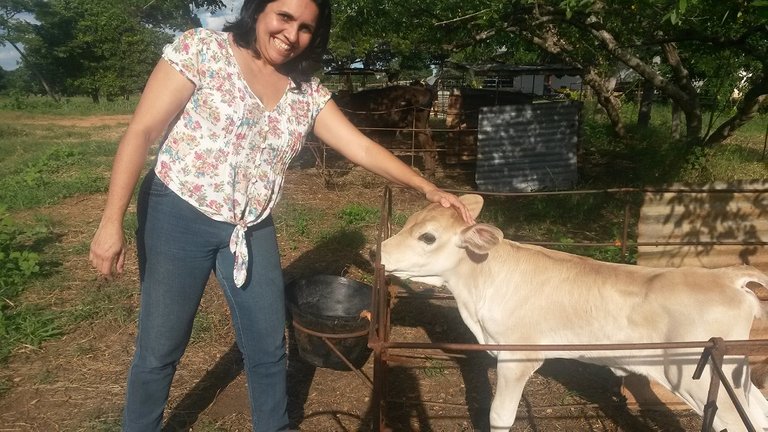
Own Source
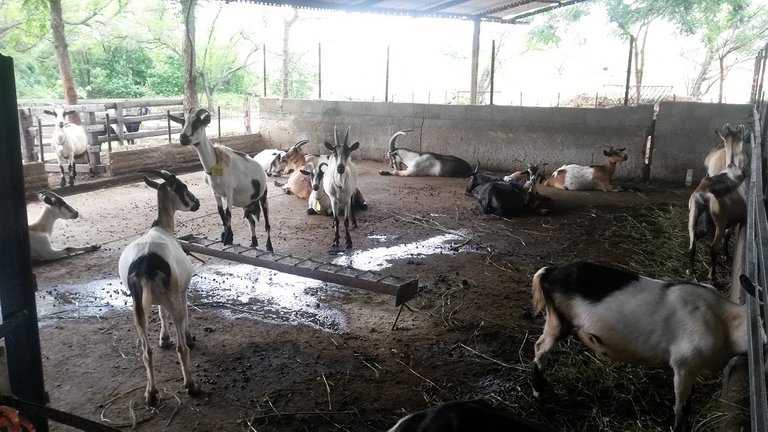
Here many factors intervene, such as the type of livestock, its care, good feeding, milking cycles and cleaning of the area.
Background of the cheese
It is said that thousands of years ago, a shepherd carried on his horse a jug full of milk, where the heat of the sun, the movement, and the natural enzymes, produced a fermentation of the milk that was later turned into curd and serum.
Of course, from that moment to the present, accelerated industrialization has made the cheese process more sophisticated.
For the realization of this post, I went to visit a farm dedicated to the production of artisan cheeses, located in San Mateo, Anzoátegui State, Venezuela.
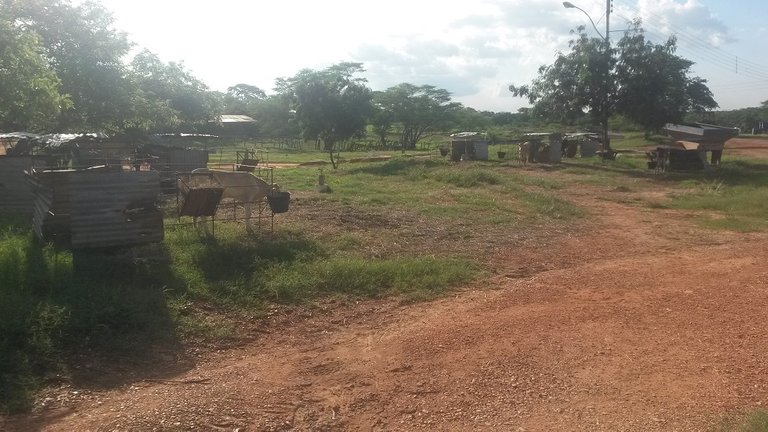
It was a wonderful experience to have contact with nature and, above all, to know the process of making artisanal cheeses. This procedure has 4 steps:
Step 1:
Milking each cow's milk, in this case, using a linear milking system, where the employee places a sucker on the tits of each cow and the extracted milk falls into a previously pasteurized container.
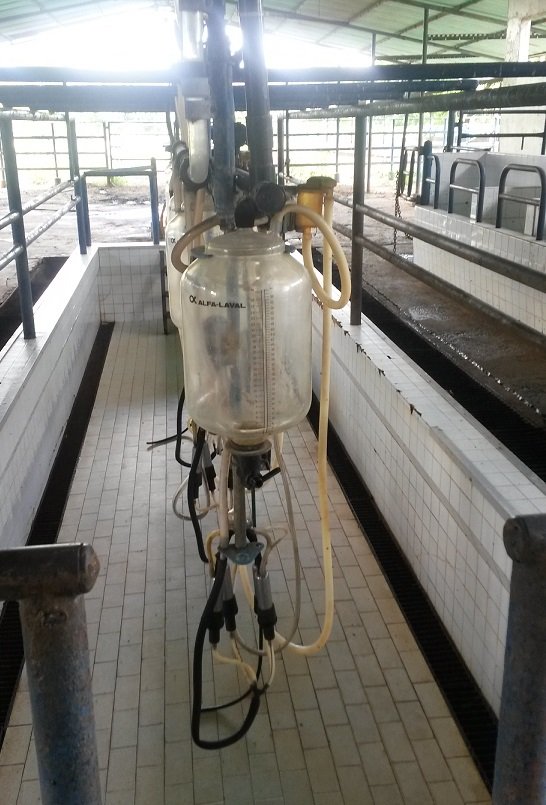
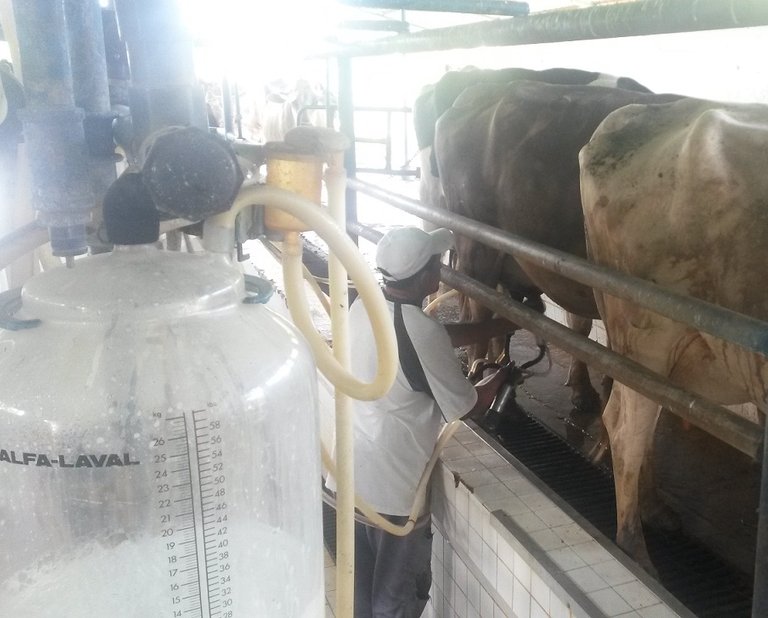
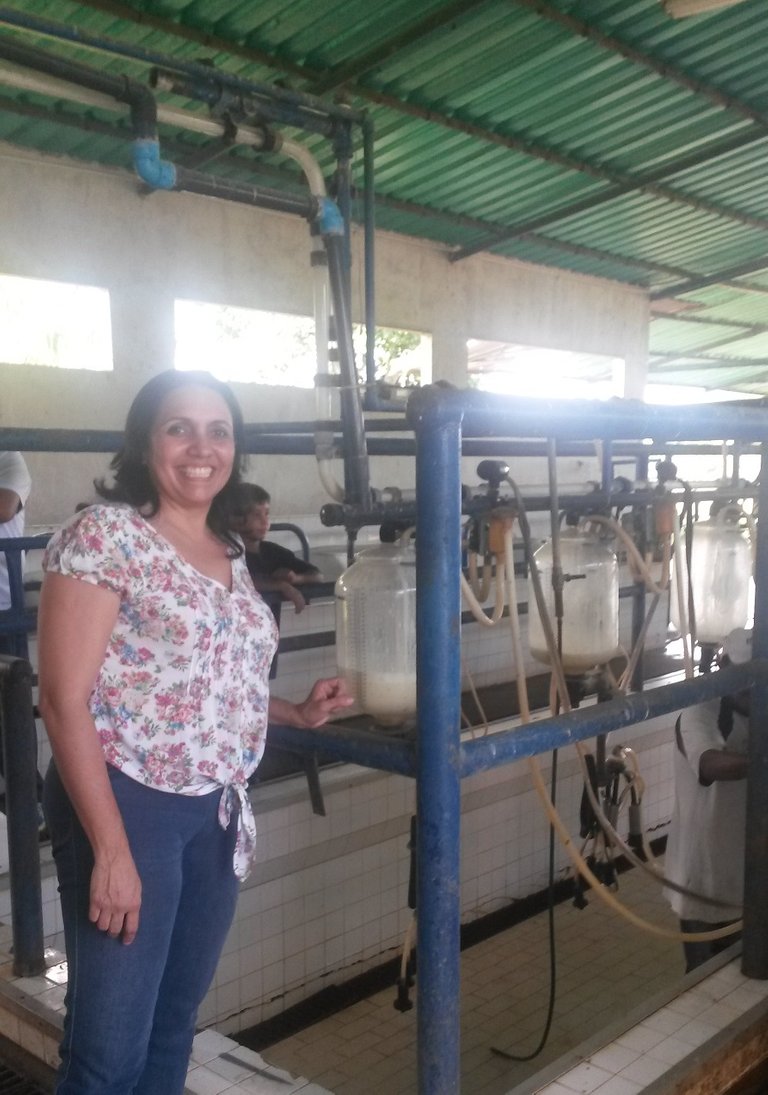
Simultaneously, the milk already stored from each cow, it is pumped to a cryogenic machinery, which keeps it moving.
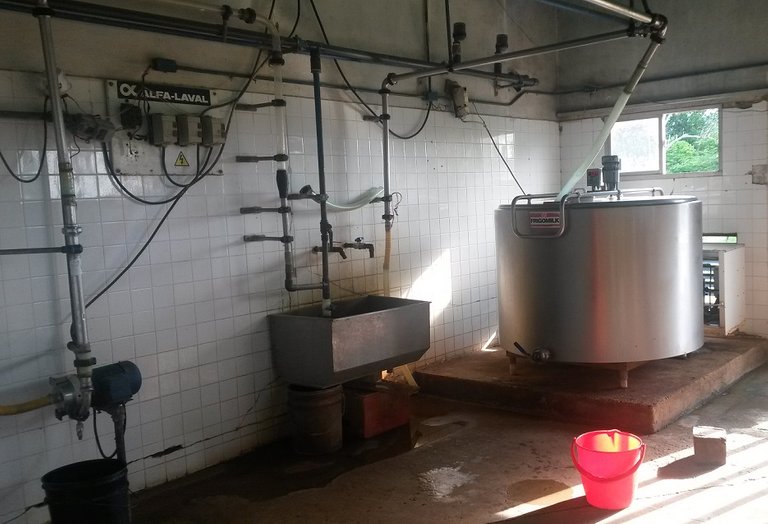
Fulfilling the main objective that is to maintain the low temperature of the milk. The said process lasts 24 hours.
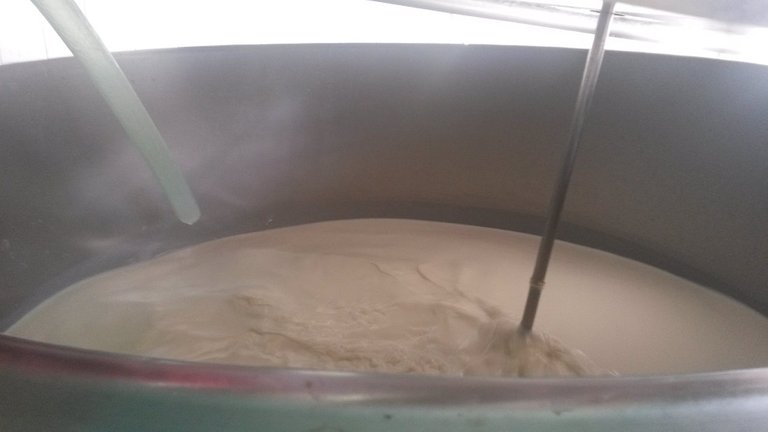
Step 2:
Transport the milk to the cheese curd department. They extract even more the serum, the curd is allowed to drain to achieve the desired moisture content. In this procedure, the levels of acidity increase, the bacteria multiply and the taste of the cheese begin to develop.
Step 3:
In this step, the curd is introduced into the molds, leaving the cheese with its final shape and size. The time that lasts in the mold will depend on the texture that you want to give the cheese, while its texture is softer, they are extracted quickly once a few hours have passed, if on the contrary their texture is required to be hard, you must have more time in the molds.
In this process is when the salt is produced, the aroma is improved and ingredients such as herbs, spices or dyes are placed.
Step 4:
After curdling, the ripening process comes, if it is warranted according to the type of cheese. The curing time will depend on the age of the cheese, if you want the soft cheese, it will ripen for a few days, however, when you leave it for months or even years, you will get an aged cheese.
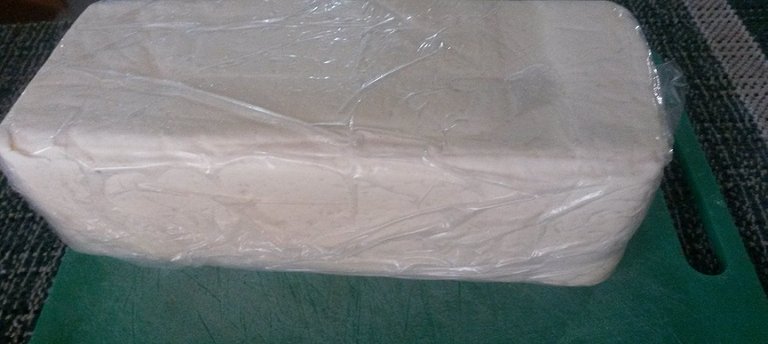
With these steps, it is easy to understand that cheese making, the time elapsed and the storage of milk after milking are important because that is where the bacterial population varies from one moment to another. For this reason, it is advisable to use milk from the first hour after milking and it is essential to bear in mind that you can not mix milk from another milking date since its composition is not the same.
It is advisable that this type of visits organize small groups of children, since it is important that they know the procedure of their favorite foods, for this reason, it is necessary that parents or teachers, plan visits to large industries or medium-sized companies, in order to know the industrialization of some foods or packaged products. Resulting in a different morning for them and the learning method is experiential, bringing as a consequence the awakening of curiosity in them.
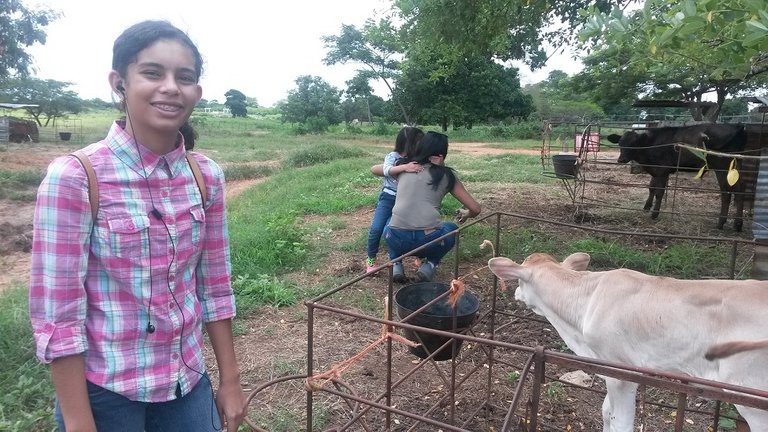
Posted from my blog with SteemPress : http://lmrey.vornix.blog/2018/09/04/an-extraordinary-day-to-learn-the-elaboration-of-artisan-cheeses/

Indeed we @farms has learned a lot from this post, we @farms are great fan of your work and encourage original content, neatly posted images.
Resteem
As a cheese eater, I thank you for this.
Thanks for your comment.